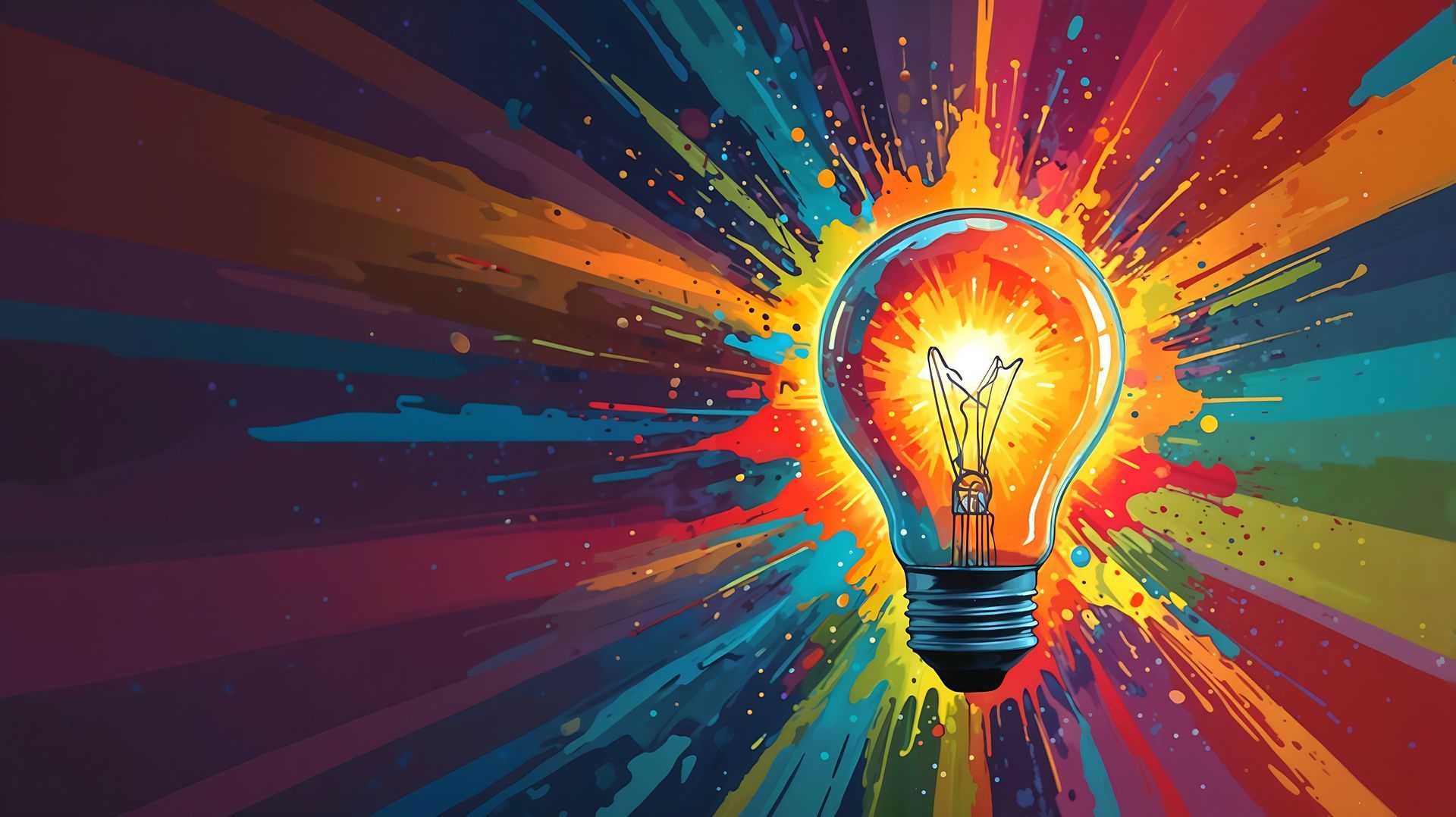The New Rules of Major Gifts: Trends & Strategies for Nonprofits

As donor demographics change and advancing technology reshapes how organizations engage with major donors, nonprofits must innovate in order to stay relevant and impactful.
While major gifts account for 88% of funds from only 12% of donors, many nonprofits struggle to maintain effective major gift strategies. This gap threatens their ability to fulfill their missions and serve their communities.
As donor demographics change and advancing technology reshapes how organizations engage with major donors, nonprofits must innovate in order to stay relevant and impactful.
In this article, we’ll explore three critical changes transforming the major gifts landscape—and provide actionable strategies to help organizations strengthen donor relationships and achieve sustainable success.
The Struggle Is Real with Major Gifts
Each day, nonprofits are faced with competing demands and distractions. Rather than focusing on creating strategies to engage donors, they are pulled into day-to-day priorities of the operations. Without discipline around major donor strategies, weeks—or even months—can elapse between contacts with key stakeholders.
In my experience, most nonprofit organizations suffer from a gap between the strategy and execution of their major gifts program. The intention is there, but it is overshadowed by core challenges that block teams from developing a sustainable approach to major gifts.
The most notable reasons for this are:
- Resource Constraints: Overwhelmed fundraisers often juggle too many tasks, leaving little time for meaningful donor cultivation. Without tools like CRMs and automation, donor opportunities are missed or deprioritized.
- Fragmented Focus: High turnover and siloed teams result in inconsistent donor engagement. When donor strategies aren’t aligned across an organization, relationships can weaken or be lost altogether.
- Outdated Methods: Reliance on mass mailings or generic appeals will not resonate with today’s donors. In today’s automated landscape, donors expect communication tailored to their values and interests. Nonprofits that overlook these shifts risk alienating their donors and limiting their potential.

Emerging Trends and Key Challenges
If there is anything I’ve learned in my decades as a fundraising strategist, it’s that our methods need to follow donors’ demands and behavior. In other words, it’s essential that we stay up to date on the latest trends and employ new ways of engaging with donors as demographics and the philanthropic landscape change.
Here are three critical changes we must consider in building a successful major gifts program:
1. Donor Demographics Are Shifting
Over the past two decades, the age of first-time major donors has risen significantly—from 55 to 66 years. This change reflects broader societal and economic trends, such as delayed financial stability and an increasing emphasis on value-driven philanthropy.
Donors’ value-driven approach often supersedes the historical trend of loyalty to specific organizations.
Today’s older donors are more intentional and expect to see the measurable impact of their contributions. At the same time, they have access to an expanding array of giving options beyond traditional methods. Vehicles like donor-advised funds (DAFs), impact investment funds, and socially responsible enterprises enable donors to align their giving with personal values, such as sustainability and equity.
2. Technology Is Driving Major Gift Strategies
AI, Customer Relationship Management systems (CRMs), and automation are transforming major gifts fundraising, reshaping how nonprofits identify, engage, and steward donors. These tools streamline operations, analyze donor behavior, and enable fundraisers to focus on building relationships.
Nonprofits that fail to personalize donor outreach risk appearing out of touch in a world where individuals expect tailored recommendations from platforms like Amazon and Spotify. This disconnect can lead to decreased donor engagement and lost opportunities for major gifts.
3. Turnover Undermines Vital Donor Relationships
High turnover rates among fundraisers are creating significant challenges for organizations, especially in major gifts fundraising. The National Council for Nonprofits 2023 Nonprofit Workforce Survey Results indicate that 50.2% of respondents are experiencing workforce vacancies due to burnout. An equally staggering statistic is that 22% of nonprofit leaders surveyed are likely to leave the industry in the next two years.
Major gifts fundraising depends on trust and long-term relationships—often cultivated over years. When turnover occurs, these relationships are disrupted, leaving donors feeling overlooked and organizations struggling to maintain continuity. Without institutional knowledge and a unified approach to donor cultivation, the process can become disjointed and unfocused, jeopardizing the success of future major gifts.
Thriving in Today’s Major Gifts Landscape
Success in today’s major gifts landscape requires nonprofits to take a strategic, proactive approach to overcome challenges. By focusing on
personalization, differentiation, relationships, and team alignment, organizations can position themselves for long-term success. Here’s how:
Personalize Donor Engagement
Today’s donors expect meaningful, customized interactions that reflect their values and priorities. With tools like AI and CRMs, nonprofits can better understand donor behavior and tailor outreach accordingly. For example, AI might identify a donor’s passion for education and suggest sending updates on a scholarship program they’ve supported.
When nonprofits meet donors’ heightened expectations for personalization, they build trust and deepen relationships—both critical to securing major gifts.
Differentiate Your Organization
In a crowded philanthropic space, standing out is essential. By leveraging technology, nonprofits can showcase their unique impact and connect donors directly to the outcomes they care about most.
Differentiation not only elevates your organization but also fosters a deeper emotional connection with donors.
For instance, using CRM data, you can share success stories that resonate with a donor’s values, like a report on carbon emissions reductions for a donor passionate about sustainability. Add a personal touch with a thank-you video highlighting how their support made a difference. Differentiation not only elevates your organization but also fosters a deeper emotional connection with donors.
Streamline Operations to Focus on Relationships
Technology like CRMs and automation tools can reduce the administrative burden fundraisers face, from managing donor data to scheduling follow-ups. For example, thank-you emails can be automated to include personalized impact reports, freeing fundraisers to focus on in-person donor meetings.
But the real value lies in what nonprofits do with the time saved. Fundraisers should use these efficiencies to prioritize relational work—like one-on-one meetings, personal thank-yous, and impactful storytelling. These authentic connections are what drive major giving.
Build Team Alignment to Overcome Turnover
Turnover in fundraising teams can disrupt relationships and stall donor strategies. To counter this, nonprofits need systems that provide continuity and maintain donor cultivation.
Invest in cross-departmental alignment and use CRMs to capture and share institutional knowledge, such as donor history and preferences. This ensures the entire team is equipped to continue cultivating relationships, even during staff transitions. When alignment is strong, nonprofits can maintain stability and keep major gift strategies on track and moving forward.

A Solution for Nonprofits: The Major Gifts Accelerator
Adapting to today’s major gifts landscape can feel overwhelming—but it doesn’t have to be. The Major Gifts Accelerator equips teams with the tools and support needed to build a thriving major gifts program.
A unique blend of philanthropic strategy and expert coaching, this program gives your team an actionable framework for hitting targets and an accountability partner to keep them focused along the way.
If your team is struggling to overcome challenges like meaningful donor engagement, resource constraints, and competing demands for time and energy, this program is for you.
Why It Works
The Major Gifts Accelerator isn’t a one-size-fits-all approach or a quick fix. With more than three decades of frontline fundraising experience and proven coaching methodologies, we have developed a program that offers a unique blend of strategy and actionable support to drive real results.
- Tailored to Your Organization: Through the MOST™ Philanthropy Assessment, we identify gaps and opportunities in your program. This comprehensive evaluation helps us craft a personalized roadmap to achieve your immediate goals while building a foundation for long-term growth.
- Personalized Donor Strategies: Donors today expect engagement that aligns with their passions and values. We help your team develop data-driven strategies to cultivate meaningful relationships with your top prospects, guiding them toward transformational, high-capacity gifts.
- Strengthens Team Alignment: Major gifts success requires a united team. This program brings senior leadership and frontline fundraisers into alignment, ensuring everyone is working toward shared goals. Regular coaching sessions keep your team focused, accountable, and motivated.
- Offers Guidance and Support Exactly When You Need It: For resource-strapped teams, maintaining a disciplined major gifts strategy can be overwhelming. With personalized coaching and direct access to a seasoned major gifts strategist, your team will receive expert guidance to overcome challenges and stay on track.
The Future Is Here to Stay
Ignoring the shifts in philanthropy is no longer an option. Lack of action puts your nonprofit at risk for donor attrition and missed opportunities. By acting now, your organization can position itself as a leader in the philanthropic landscape.
Tackling these challenges alone can feel overwhelming, but with the right partner by your side, you can face the future with confidence. With solid strategies and tools, you can develop a disciplined approach to major gifts that drives your nonprofit forward for years to come. By focusing on personalized donor engagement, streamlined operations, and strong team alignment, you can not only adapt to change but thrive in it.
Are you ready to take your major gifts strategy to the next level? Take the first step toward transforming your major gifts work by
scheduling a free call with me.
Share this Story:



